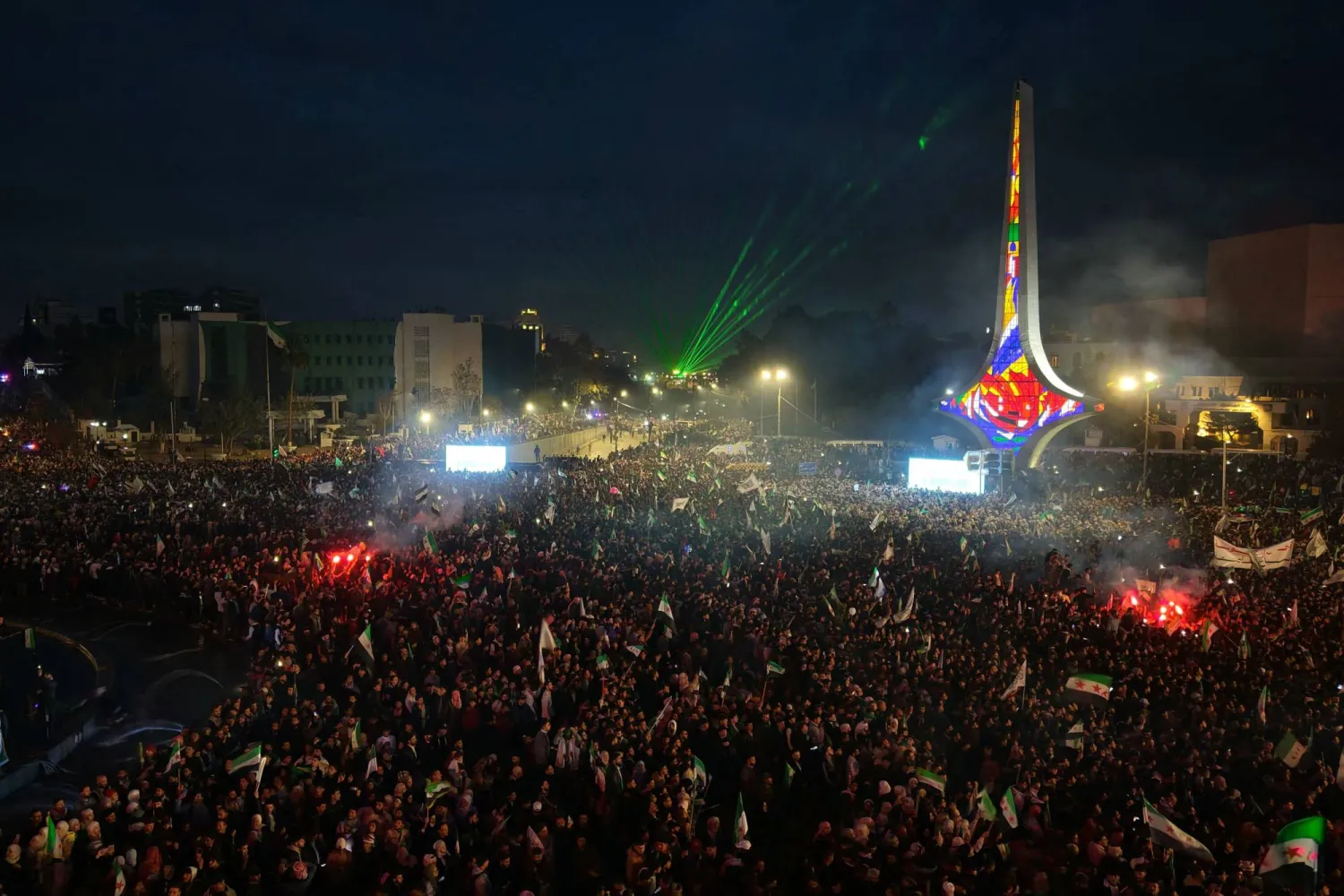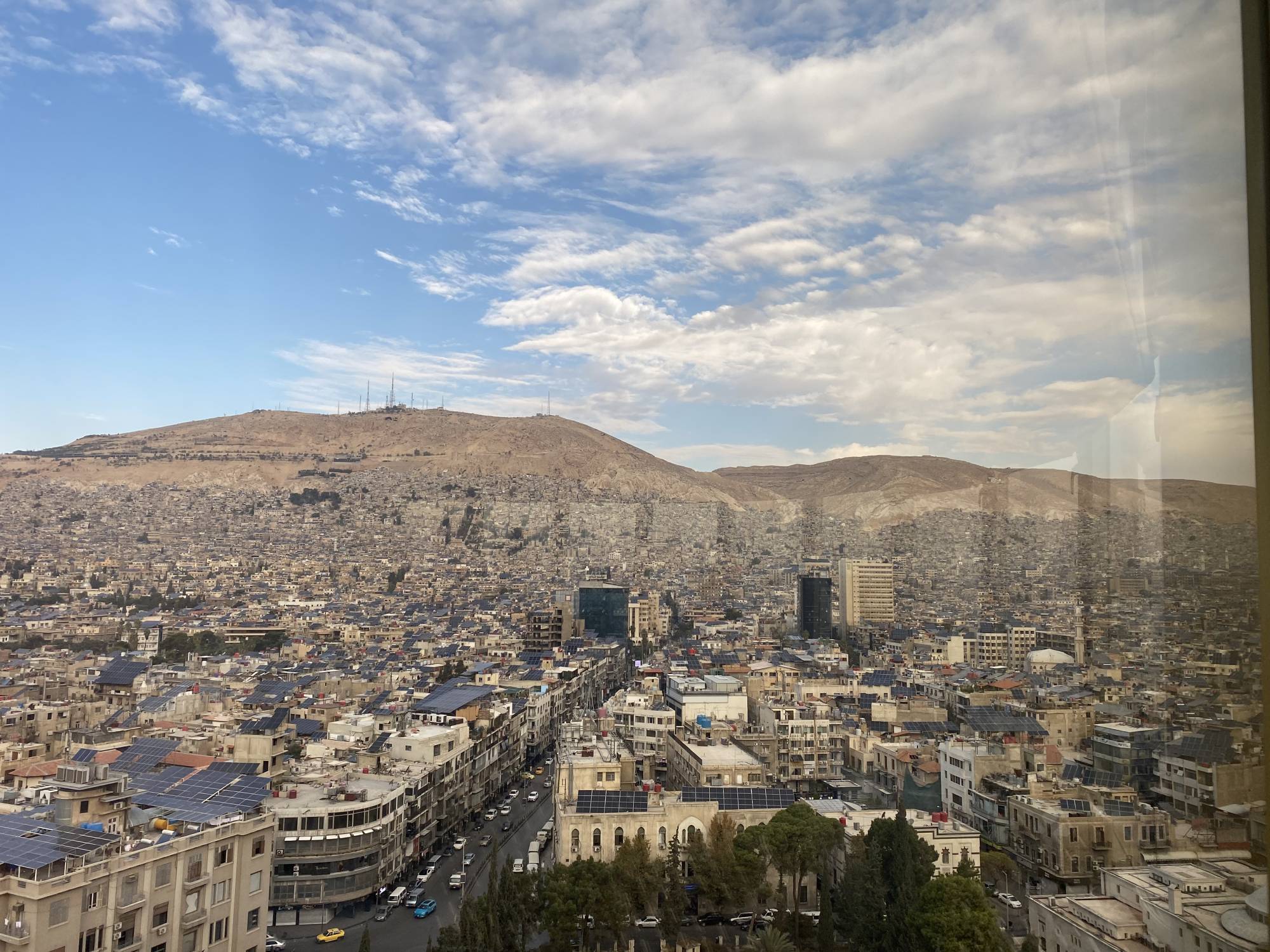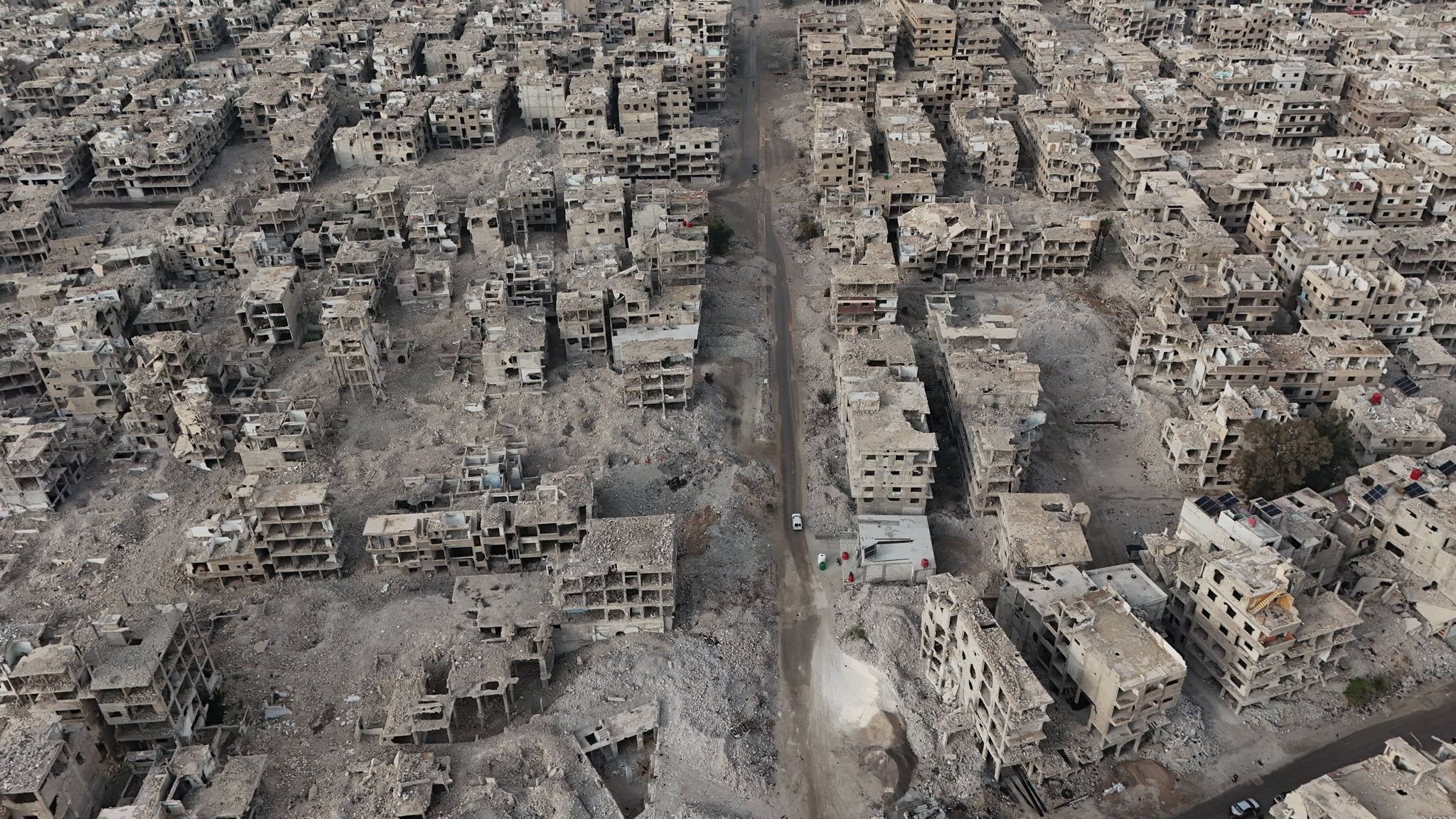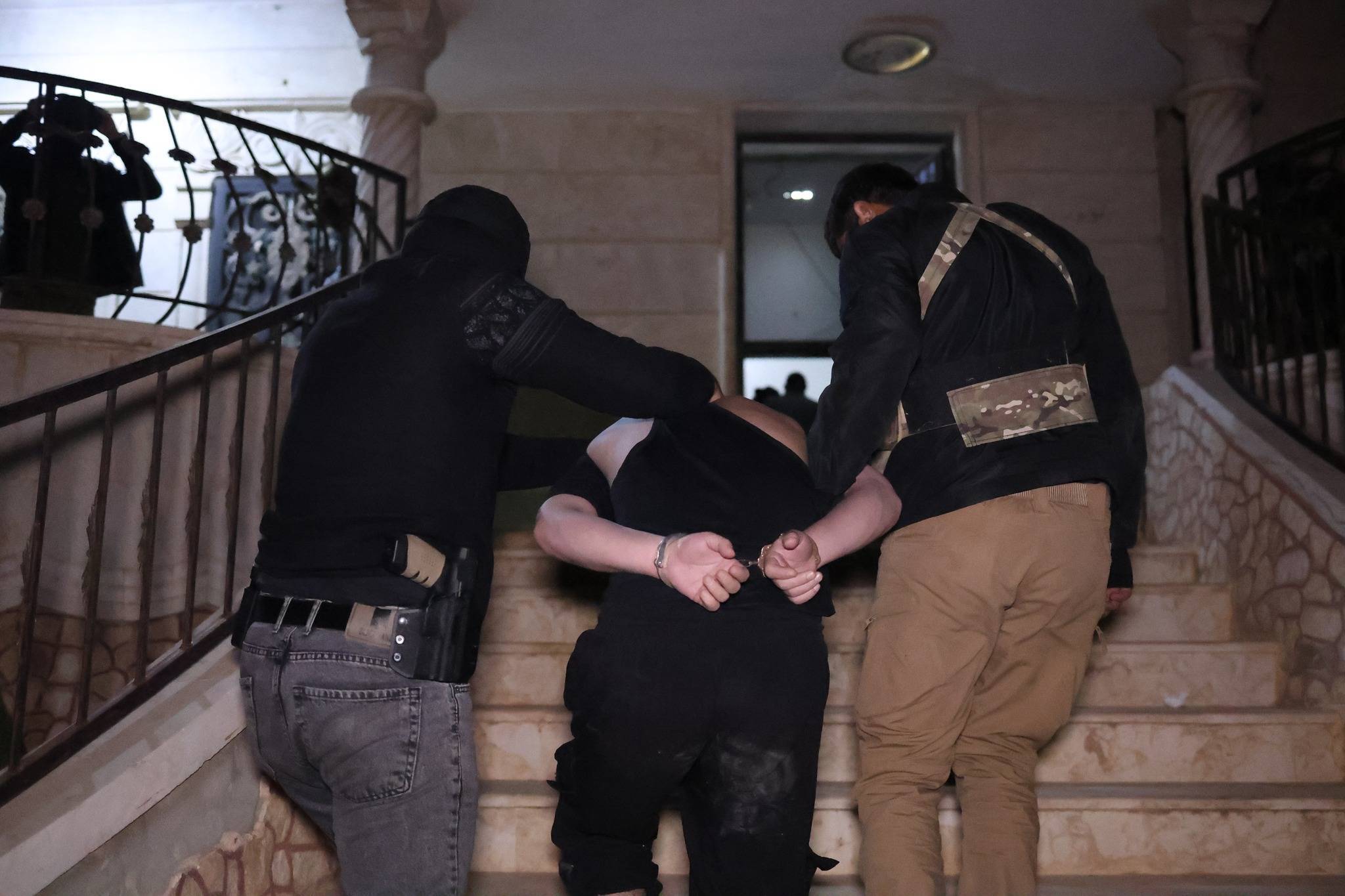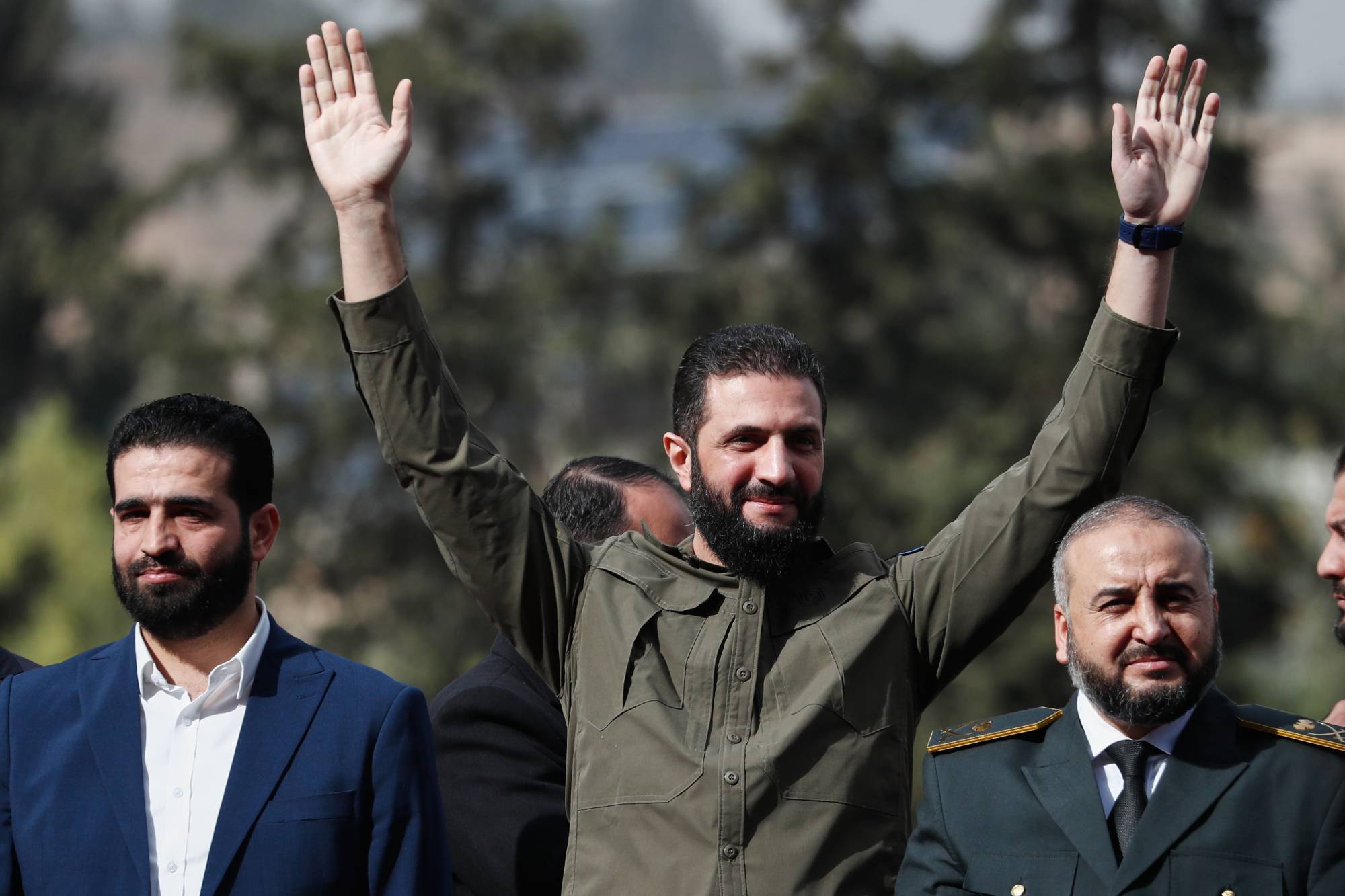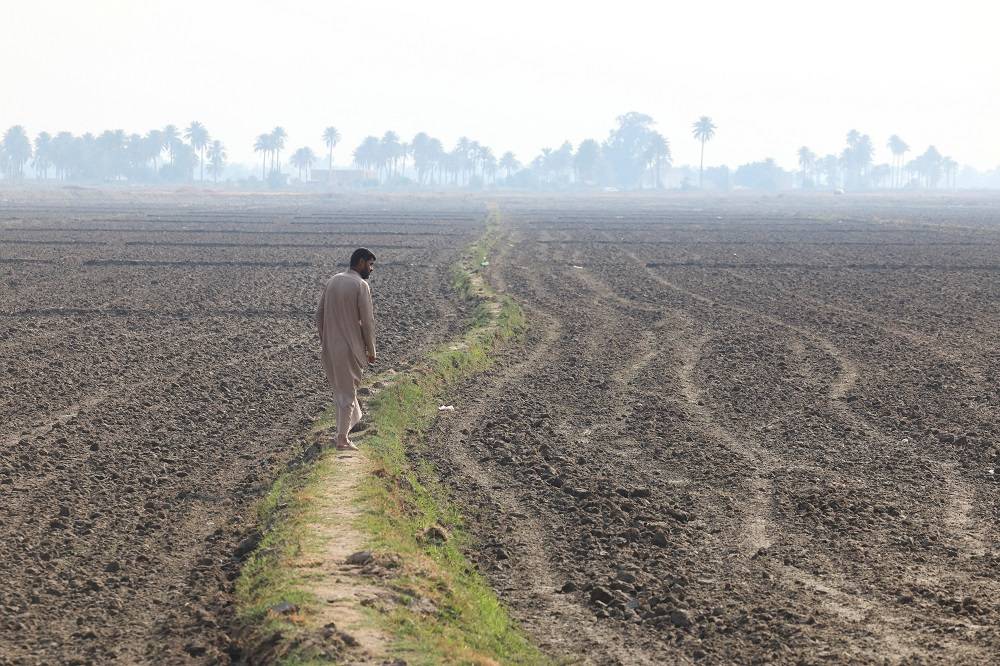During the second phase of the first Saudi expansion of the Grand Mosque (1381 AH - 1961 AD to 1388 AH - 1968 AD), the rest of the vaults were built and roofed, while the construction of the ground floor for all the corridors was completed.
Three minarets were also constructed, one next to Al-Safa, and two next to King Abdul Aziz Gate. The arch of Bani Shaybah Gate was removed from the mosque. This phase saw the accession to power of King Faisal, on Jumada II 27, 1384 AH, corresponding to November 2, 1964.
The work of the first Saudi expansion of the Grand Mosque continued during the reign of King Faisal and witnessed important changes. The project was restructured and the Egyptian advisory office, which consisted of Mahmoud Omar and Yahya Mustafa, was replaced.
On the 10th of Jumada I, 1386 AH (August 25, 1966), Pakistan’s Association of Consulting Engineers was appointed as a new consultant for the project in order to meet the deadlines set by the relevant government committees. However, a major amendment occurred in the planning the following year, when King Faisal issued an order, preventing the demolishing of the old arcades, which required changes and modifications in the design of the new Saudi building in order to link it to the existing arcades.
Officials in the Ministry of Finance and National Economy suggested inviting the most famous international architects and engineers from various Islamic countries to conduct the necessary studies and find engineering solutions.
King Faisal received the members of this commission on the morning of Saturday, Rajab 11, 1387 AH, corresponding to October 4, 1967, at Shubra Palace in Taif. The commission: Dr. Reha Masara from Türkiye, Dr. Muhammad Ali Adebi from Iran, Eng. Mohammad Taher al-Juwayni from Egypt, Dr. Omar Azzam from Saudi Arabia, Dr. Ehsan Barbuti from Iraq, Eng. Haji Mohammad Basu from Morocco, Eng. Mohammad Fayyaduddin from India, and Eng. Khaja Azimuddin from Pakistan.
Following several meetings, the experts concluded that the old building required major repairs and renovations. Thus, the commission recommended that the old porticoes be preserved on the western side of the Grand Mosque, from the Umrah Gate to the King Abdul Aziz Gate, because this part was almost parallel to the new expansion and consistent with the general planning. As for the other parts, the commission said they should be demolished.
The committee also recommended the construction of arcs with a width of five meters in the facade of the new building, in the same architectural style as the old porticoes, in order to preserve the aesthetic and architectural form of the corridors of the Grand Mosque.
King Faisal’s historic decision to preserve the identity of the Grand Mosque
After King Faisal was informed of the findings of the advisory body, he did not agree to demolish the old portico, which was four hundred years old. He issued his historic decision not to demolish it and to make every effort to preserve it, and to take into account its harmony with the new architecture, regardless of the considerations of the costs that this effort may require.
Dr. Mansour Al-Daajani confirmed that this historic decision guaranteed the survival of one of the most important Islamic architectural monuments, which abounds with many historical evidence, such as inscriptions, writings and columns dating back to the era of the Abbasid caliph Muhammad al-Mahdi, and architectural elements dating back to the Abbasid, Mamluk and Ottoman eras.
The fourth and last phase of the Grand Mosque expansion (1393 AH - 1973 AD to 1396 AH - 1976 AD), extended to the era of King Khalid, who assumed power on Rabi` al-Awwal 13 1395 AH - March 25, 1975.
The expansion project was completed on Rajab 4, 1396 AH (July, 4 1976). The idea of linking the columns to the historical arcades has created this beautiful architectural consistency - a unique achievement in the history of the expansion of the Grand Mosque in particular, and architecture in general.
In continuation of the first Saudi expansion, and in order to provide comfort for the worshippers, an additional expansion of the Mataf began during the reign of King Khalid in 1398 AH - 1978 AD.
The capacity of the Mataf was increased to accommodate 28,000 worshippers at the same time. In addition to the electric fans, Al-Masa’ was cooled with air conditioners for the first time in the history of the Grand Mosque.
King Khalid also ordered the manufacture of a new door for the Holy Kaaba to replace the door that was installed during the reign of King Abdulaziz.
The surrounding squares and roads leading to the Grand Mosque were also expanded, and a number of tunnels were opened for the first time to facilitate traffic and access to the mosque.
During the reign of King Khalid, in the year 1401 AH - 1981 AD, Al-Safa Palace was built on Mount Abu Qubays, overlooking the Grand Mosque, to be the seat of the king and the guests of the state.
The project of King Abdulaziz to expand the Grand Mosque and renew its architecture, or what has been called “the first Saudi expansion of the Grand Mosque”, has lasted for about a quarter of a century and passed through multiple stages.
It was a strategic project and foundational expansion that was supervised by kings and followed by Saudi officials at all levels. More than 55,000 experts, engineers, technicians, employees and workers participated in its implementation.
The project constituted a quantum leap in the history of the expansion and architecture of the Grand Mosque in Makkah. The total area of the expansion buildings, in addition to the surrounding arenas, reached around 200,000 square meters, more than six times its previous area, accommodating at peak times up to 400,000 worshipers.
Al-Fahd leads the second Saudi expansion
Several years after the completion of the first Saudi expansion works, there was an urgent need for a new extension of the Grand Mosque due to the increase in the number of pilgrims. King Fahd issued an order to start making the necessary studies and designs for the project and drawing detailed executive plans. Specific timetables have been set for each phase.
King Fahd laid the foundation stone for the second Saudi expansion of the Grand Mosque (King Fahd expansion) on Safar 2, 1409 AH - January 15, 1989 AD.
The project included adding a new part in the western side of the mosque, in the small market area between Bab Al-Amra and King Abdulaziz Gate, in addition to creating new squares, in order to raise the capacity of the Grand Mosque to the maximum extent.
After completing the structural and architectural phase of the project, King Fahd proceeded with the technical and aesthetic side, where the walls and columns were covered with marble and artificial stone, with the use of beautiful geometric shapes.
Dr. Mansour Al-Dajani says: “This expansion saw no changes in the geometric and architectural shape of the old arcades... However, the reign of King Fahd, which lasted for twenty-four years, witnessed continuous maintenance work that included the columns, arches and domes of the Grand Mosque.... Loudspeakers were also placed on the facades of the porticoes...”
Moreover, comprehensive restoration works of the Holy Kaaba were carried out, and were completed in the year 1417 AH - 1997 AD. This came in parallel with the establishment of the Makkah Construction and Development Company (a public joint stock company) to develop real estate adjacent to the Grand Mosque, which contributed to raising the level of residential facilities, hotel services and markets around Al-Masjid al-Haram.
The second Saudi expansion was completed through six phases, and works officially ended on the 30th of Dhu al-Qi`dah 1413 AH - April 22, 1993 AD. The total area of the mosque and the surrounding squares reached about 400,000 square meters, while the capacity was increased to accommodate about 800,000 worshipers. The costs of the second Saudi expansion amounted to more than 30 billion riyals ($8 billion).
Al-Faisal Made Historic Decisions to Preserve the Grand Mosque’s Porticoes

King Fahd looks at a model for the second expansion of the Great Mosque of Makkah.

Al-Faisal Made Historic Decisions to Preserve the Grand Mosque’s Porticoes

King Fahd looks at a model for the second expansion of the Great Mosque of Makkah.
لم تشترك بعد
انشئ حساباً خاصاً بك لتحصل على أخبار مخصصة لك ولتتمتع بخاصية حفظ المقالات وتتلقى نشراتنا البريدية المتنوعة






